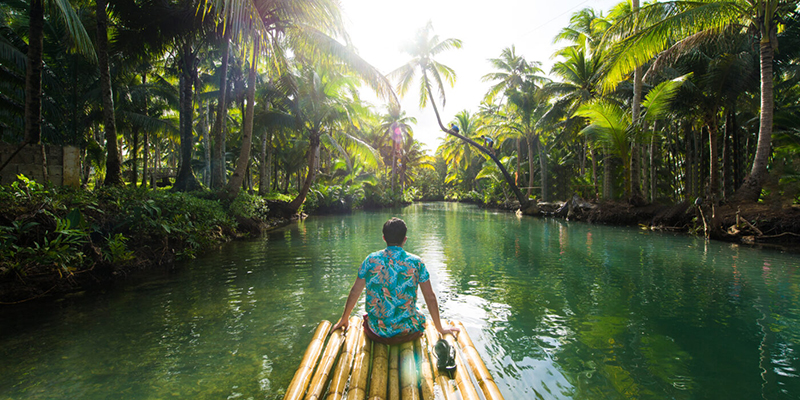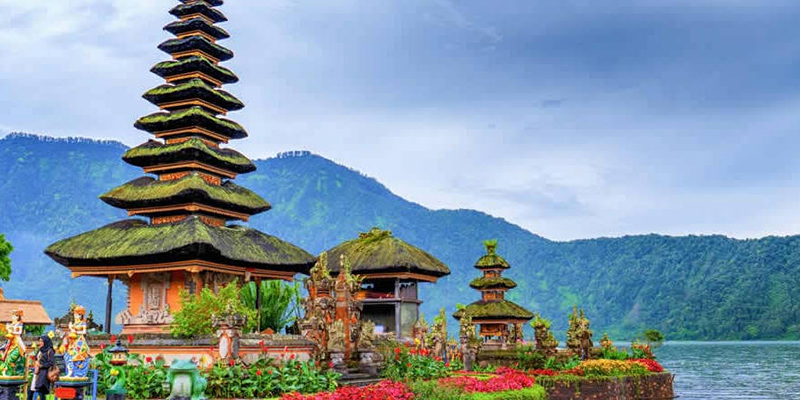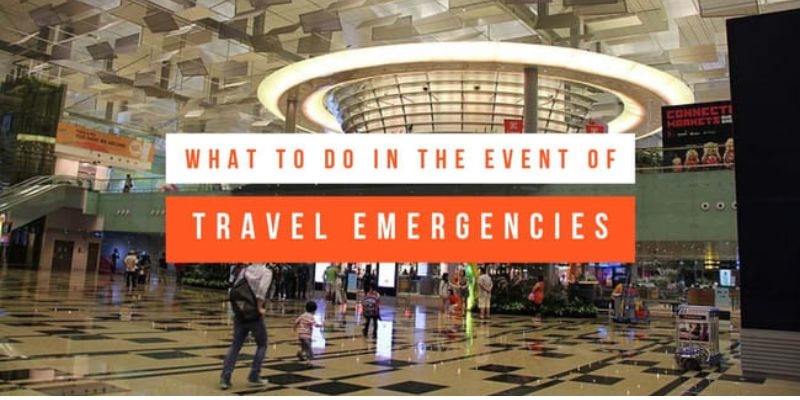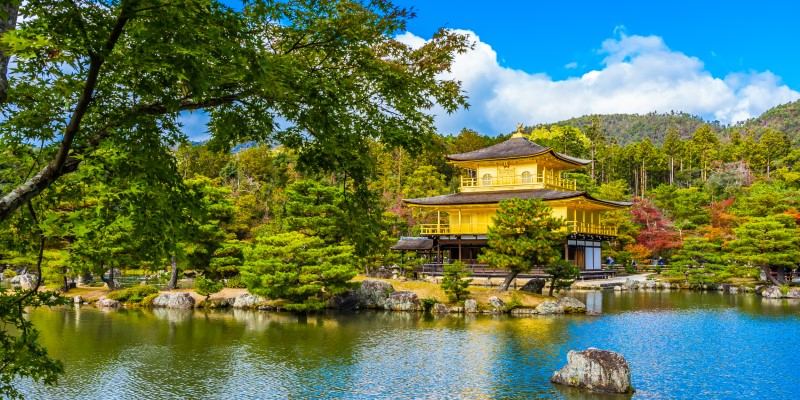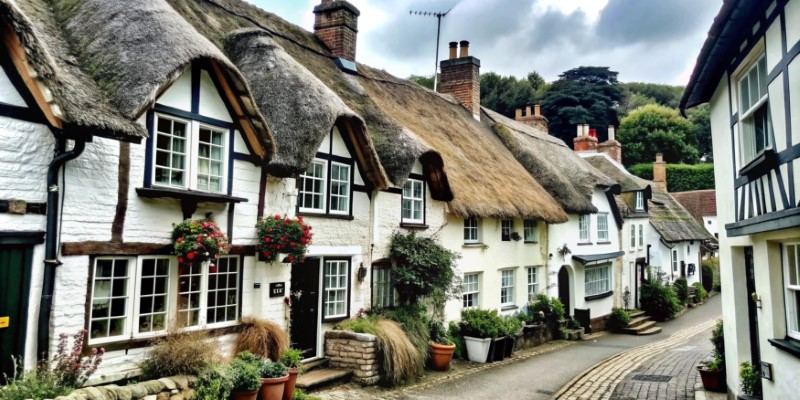How Do You Plan a Sustainable Travel Itinerary In Iceland?
Planning a trip to Iceland is a dream for many, but doing it sustainably is not just an option—it's a responsibility. Iceland's stunning landscapes, from glaciers to geysers, are fragile, and tourism can significantly impact. By making mindful choices, you can enjoy the natural beauty while minimizing your footprint. Here's how you can plan a sustainable travel itinerary in Iceland.

Choose The Right Time To Visit
Timing matters when planning your trip. Visiting Iceland during the off-peak season, from late September to early May, can reduce the strain on popular sites. Fewer tourists mean less pressure on natural resources and local communities. Plus, you'll experience Iceland's dramatic landscapes without the crowds.
Travelling during these months also reduces the environmental impact, as high-season tourism often leads to overcrowding, more waste, and higher emissions from increased transportation needs. Winter in Iceland offers unique experiences like the Northern Lights; you can enjoy them sustainably with proper planning.
Opt For Eco-Friendly Transportation
Transportation is one of the most significant contributors to your carbon footprint. In Iceland, the most common way to get around is by car, but that doesn't mean you have to go for the biggest, gas-guzzling SUV. Choose a smaller, fuel-efficient vehicle or, even better, an electric car. Many car rental companies in Iceland now offer electric vehicles (EVs), and charging stations are becoming increasingly available nationwide.
If you're staying in Reykjavik, consider using public transportation, biking, or walking. Reykjavik is a compact city, and many attractions are within walking distance. Buses and organized tours are available for longer trips, some operating on biodiesel or other eco-friendly fuels.
Stay In Eco-Conscious Accommodations
Where you stay can make a big difference. Iceland has many eco-friendly hotels, guesthouses, and hostels that prioritize sustainability. Look for accommodations certified by environmental standards, such as the Nordic Swan Ecolabel or Green Globe. These places often implement energy-saving measures, use locally sourced and organic food, and have robust recycling programs.
Camping is another option for eco-conscious travellers. Iceland has many well-equipped and environmentally responsible campsites. Just follow the rules, respect nature, and avoid wild camping, which is illegal in most places unless you have the landowner's permission.
Plan Your Itinerary To Minimize Driving
Iceland's attractions are spread out, but you can only drive across some islands for a fulfilling experience. Instead of briefly covering the whole country, thoroughly explore one region. This reduces your carbon footprint and allows you to connect more with the places you visit.
For example, if you're based in the south, spend your time exploring the many waterfalls, black sand beaches, and glaciers in that area. If you’re in the north, the stunning landscapes of the Diamond Circle can keep you busy. This approach minimizes long drives, reduces fuel consumption, and gives you more time to immerse yourself in the local environment.
Eat Local And Sustainable Food
Iceland's food scene is more than just lamb and fish. There's a growing emphasis on local and sustainable food, with many restaurants and cafes sourcing ingredients from farms and the surrounding ocean. When dining out, choose places that offer traditional Icelandic dishes made from local, organic ingredients.

Seafood is a staple in Iceland, and opting for sustainable choices is crucial. Look for labels or ask about the sourcing of the fish to ensure it's from sustainable fisheries. Consider shopping at farmers' markets or local stores if you're staying in self-catering accommodations. Not only does this support the local economy, but it also reduces the carbon footprint associated with imported goods.
Respect Nature And Wildlife
Iceland's natural beauty is its main draw, but it is also incredibly delicate. Whether hiking, visiting geothermal areas, or exploring glaciers, always follow the Leave No Trace principles. Stay on marked paths, take your trash, and avoid disturbing wildlife. This includes not feeding animals, keeping a safe distance, and not picking plants or taking rocks as souvenirs.
Be mindful of the impact when visiting places like the Blue Lagoon or other natural hot springs. Follow all guidelines, shower before entering to keep the water clean, and avoid using products that could pollute these natural sites.
Support Local Communities
Tourism can be a double-edged sword for local communities. On one hand, it brings economic benefits, but on the other, it can lead to overcrowding and a loss of local culture. To ensure your visit benefits the people who live in Iceland, spend your money in locally-owned businesses, such as family-run guesthouses, restaurants, and shops.
Consider booking tours with local guides. They often have a wealth of knowledge about the land and its history, providing insights you won’t get elsewhere. Plus, your money stays within the community, supporting the local economy.
Reduce Waste
Iceland is known for its clean environment; you can help keep it that way by reducing waste. Bring a reusable water bottle—tap water in Iceland is some of the purest in the world, so there's no need to buy bottled water. Also, pack reusable bags, containers, and utensils to minimize single-use plastics.
Choose products with minimal packaging and consider purchasing second-hand goods in some shops. Many towns and cities in Iceland have recycling facilities, so be sure to separate your waste and dispose of it properly.
Educate Yourself And Others
Understanding the impact of your actions is critical to travelling sustainably. Before you go, take the time to learn about Iceland's environment, culture, and the challenges it faces from tourism. This knowledge will help you make informed decisions during your trip.
Share what you learn with others while you're there and after you return home. Sustainable travel is about setting an example, and the more people who understand its importance, the better for everyone involved—especially the environment.
Conclusion
Planning a sustainable travel itinerary in Iceland is more than just checking off sights on a map. It's about making conscious choices that protect the environment, support local communities, and preserve Iceland's unique natural beauty for future generations. By following these steps, you can enjoy an unforgettable trip while doing your part to keep Iceland as stunning as it is today.

